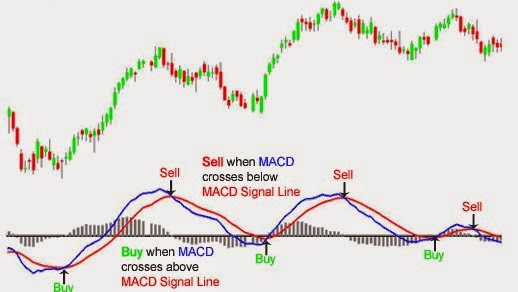This is my second blog and it is an the extension of my previous blog viz-a-viz Stock Market Analysis Tutorial. Through this blog, I've looked to capture about the various facts, specialties of Technical Analysis Software's that are available for analysis of stock market. I have made a comprehensive blog about various points that revolve round the technical analysis software's. I have specified and explained about the various technical analysis indicators also that play a huge role in the analysis of stock market.All in all, I have tried to capture the entire Market Trends Analysis and the software's that help in analyzing and hence help in better decision making.
But
the foremost thing that should be taken extreme caution is to have the
good quality data feed. By quality standard, I mean to say the data with
which analysis is being done should be standard with respect to Quality, Accuracy, Recoverability, Integrity, Stability, Simplicity, Price. But
the thing is there are too many unconventional companies rising and
emerging in the market and thereby fooling customers by claiming too
good for nothing. Amongst them, one company I found to be very
professional and customer centric is www.rtdsdata.com.
With their simplistic and highly focused products and by maintaining
the the optimum quality parameter, they are slowly rising to
the occasion in becoming first choice for numerous traders both amateurs
and experienced. The reason is simple if being comprehended. Providing
24 hours technical support adds to the cause pretty good as well. And
when you have large customer base from every corner of the country, it
does a world of good in maintaining levels of satisfaction.
Technical Software's can do a world of good for traders. But we need to be aware that by just relying completely and blindly on these software's can also impose risks especially for one who who is not having a flair knowledge of the market. So there are two things which needs to be kept in mind. One is to choose quality data service providers. And the other is to trade with knowledge. These two factors should be taken utmost care to be successful in the world of stock market.
Thank You !
Technical Software's can do a world of good for traders. But we need to be aware that by just relying completely and blindly on these software's can also impose risks especially for one who who is not having a flair knowledge of the market. So there are two things which needs to be kept in mind. One is to choose quality data service providers. And the other is to trade with knowledge. These two factors should be taken utmost care to be successful in the world of stock market.
Thank You !









